Returning to his old neighborhood, doo wop and early rock ‘n’ roll legend Dion DiMucci made a visit to Fordham University in the Bronx on April 22.
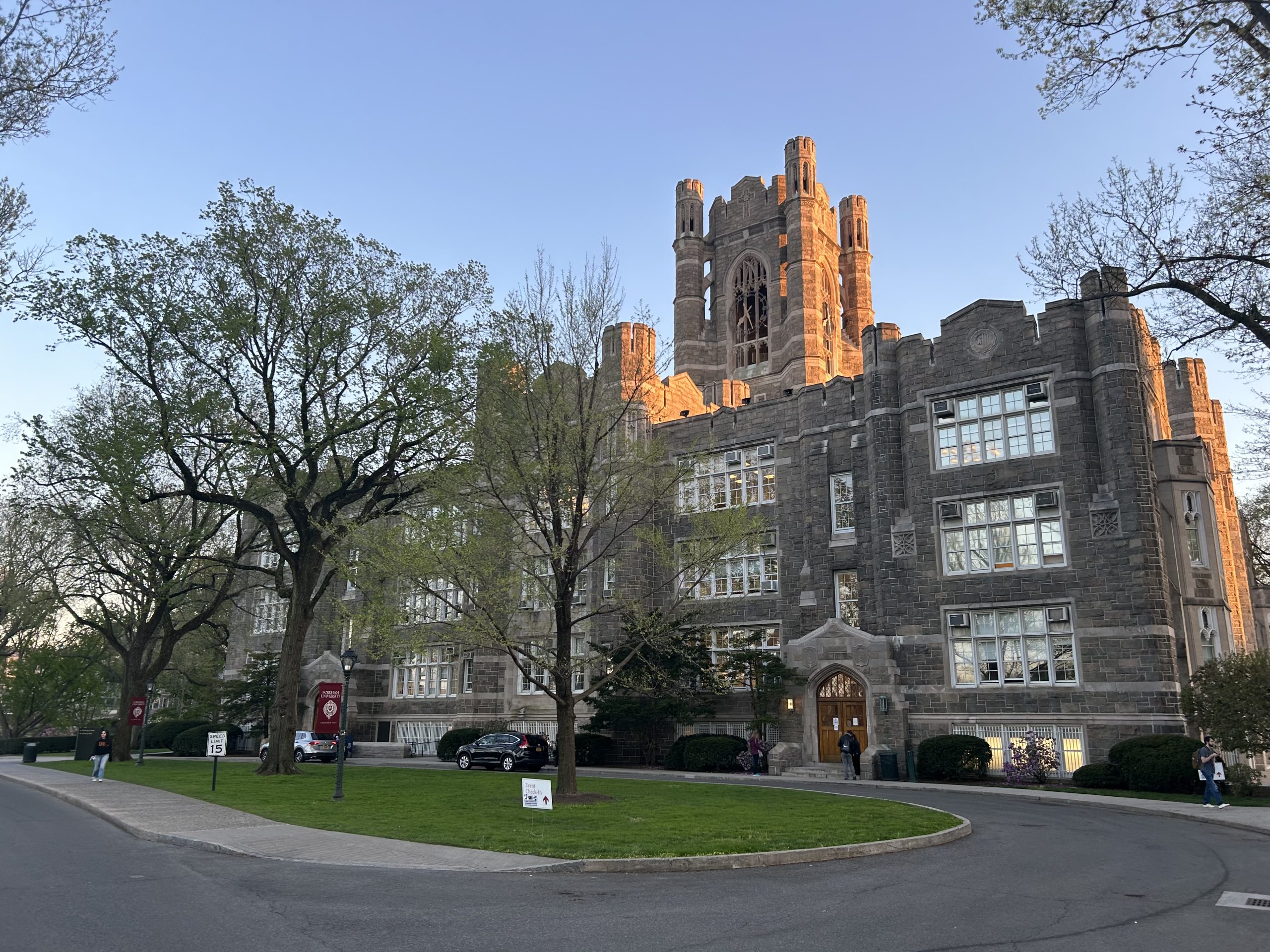
Billed as Dion: The Bronx’s Wanderer Returns, the evening’s event was a mix of conversation and performance that touched on growing up in the famous borough; his Catholic roots and subsequent full embrace of the religion; his early success heading Dion and The Belmonts; his subsequent solo triumphs, with hits like “The Wanderer” and “Runaround Sue;” losing his friend Buddy Holly in a plane crash when he came very close to catching a flight on the small four-seater plane; marrying Susan, the love of his life whom he first met in the Bronx and now celebrates 61 years of marriage with; and battling addictions but ultimately ending those habits decades ago.

Dion has been free of alcohol and drugs since 1968 and it’s part of the reason he is one of few stars left from the 1950s and early 1960s era that is not only still alive but still touring the country. In addition, he regularly releases new albums, though he’s more blues now than the doo wop and rock he cemented his legend with.
When Dion walked into the 400-plus seat auditorium at Keating Hall, one fan was overheard saying, “He looks more like 64 than 84.”
Dressed in black from head to toe, and rocking a black Kangol cap backwards, as well as dark sunglasses, with a black guitar to match, he looked like everyone’s coolest uncle. He also still hasn’t lost the Bronx accent after all these years, though he now calls Florida home.
Bronx resident Joseph Matranga, who showed up at Fordham wearing a Dion concert T-shirt, was duly impressed. He said after the near hour and twenty-minute event, “I think Dion just said it straight, from his first days in the Bronx up through now to his blues revival.”
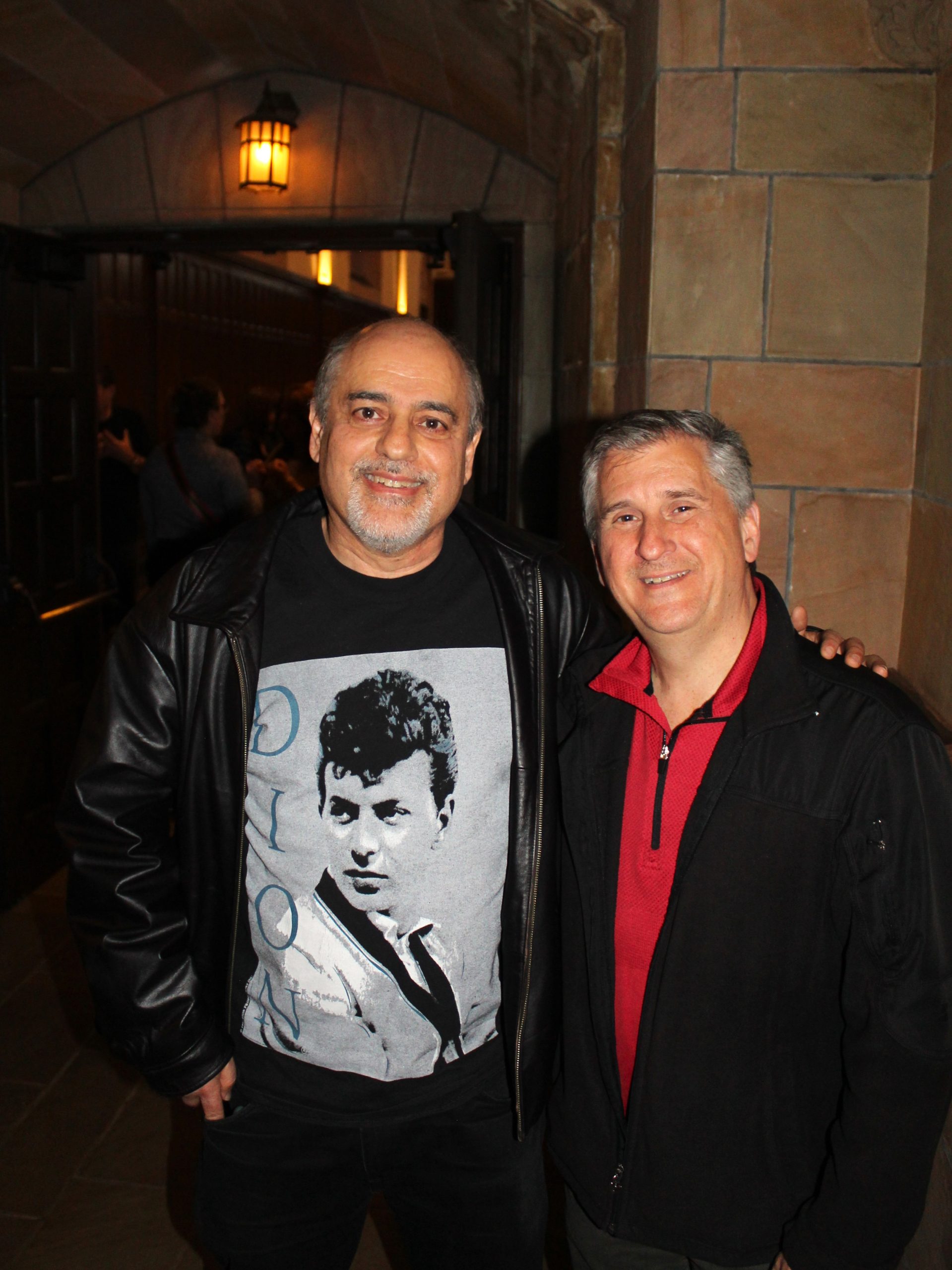
He added, “I mean he just took us through his whole transformation of his Catholic faith and his upbringing, and he just put it all together. He can tell a story like no one else.”
Angela Alaimo O’Donnell, associate director of The Curran Center for American Catholic Studies, prefaced Dion’s talk by noting his visit was a homecoming of sorts. Not only did he grow up in the neighborhood, but he was also born on the Fordham campus, she said, as the parking garage – 100 yards away from Keating Hall – used to be the site of Fordham Hospital, where Dion came into this world on July 18, 1939. Further noting his connection to the university, O’Donnell said Dion became Dr. DiMucci when he received an honorary degree from Fordham in 2013.
When Dion made his way to the stage around 5:45 p.m., he greeted his fans, many from the Bronx themselves, with a popular neighborhood phrase – “Yo! Yo!” – and then asked, “How does an Italian Catholic kid from the Bronx end up getting inducted into the Rock and Roll Hall of Fame?” As talented as he is, Dion sometimes still can’t believe he’s attained the fame and garnered all the accolades that have come his way.
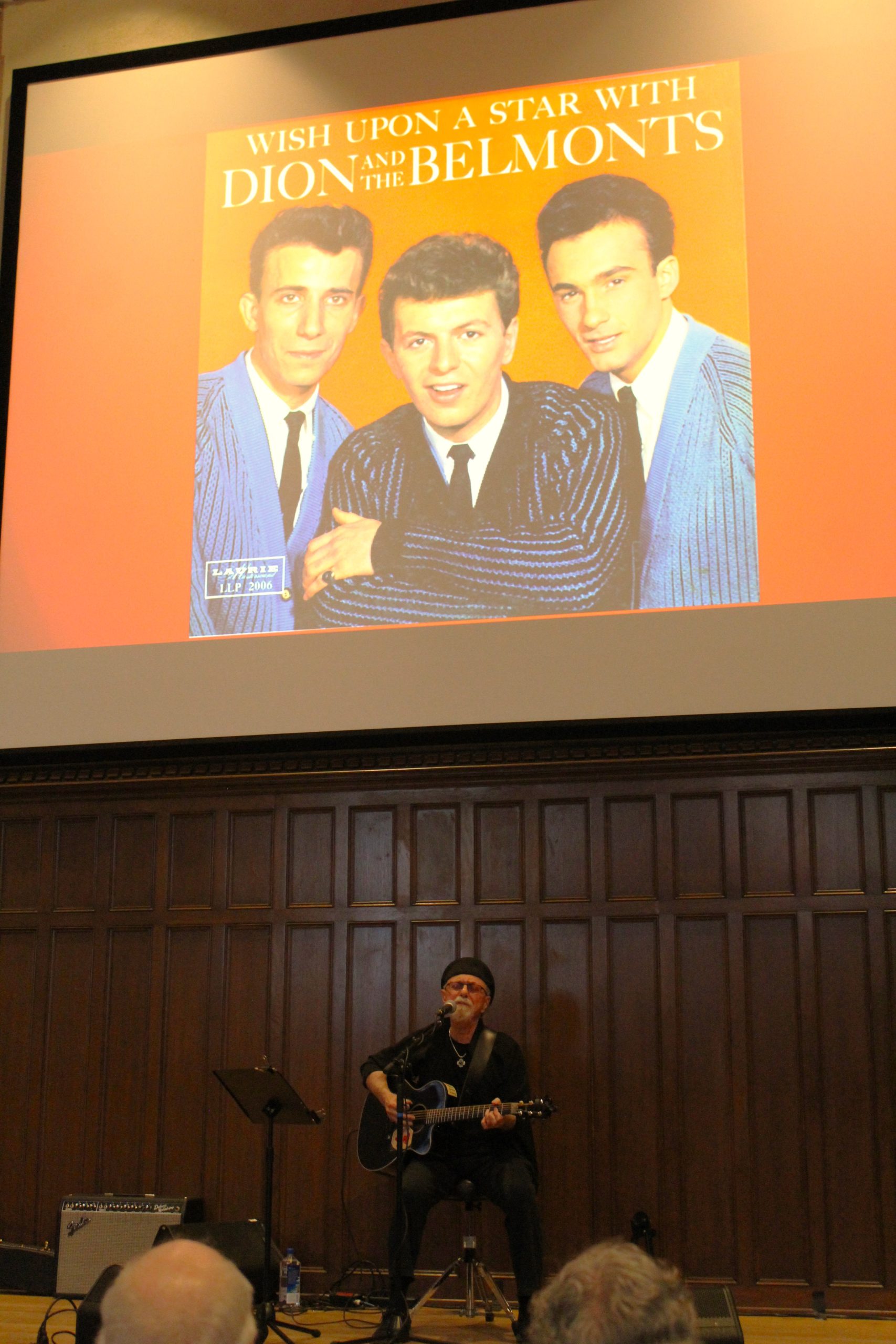
Dion began his talk by providing some details about his neighborhood, what streets outlined the north, south, east and west sides, and also noted the street gangs, such as “the Fordham Baldies and the Imperial Hoods.”
“That means nothing to you,” said Dion, whose faux surprise at their reaction – or rather, lack of reaction – prompted laughter from the crowd.
“It was a macho Italian neighborhood,” said Dion. “Everything was respect and reputation.”
Dion also touched on his parents, Fran and Pat, noting his mother was super responsible. She’d take two buses and a subway train to get to work. His father, on the other hand, was “totally irresponsible.”
“He never had a real job,” said Dion. “Some people grow up, they grow old, but they don’t grow up.”
He added, “I guess he was like an emotional 13-year-old inside, but he was my hero to be honest with you. He was smart. He could swim. We’d go to Orchard beach. He could swim from Section 17 to 1. He could walk on the edge of tops of buildings on his hands. He was like Tarzan. He would go into the cellar and paint. I thought he was Michelangelo.”
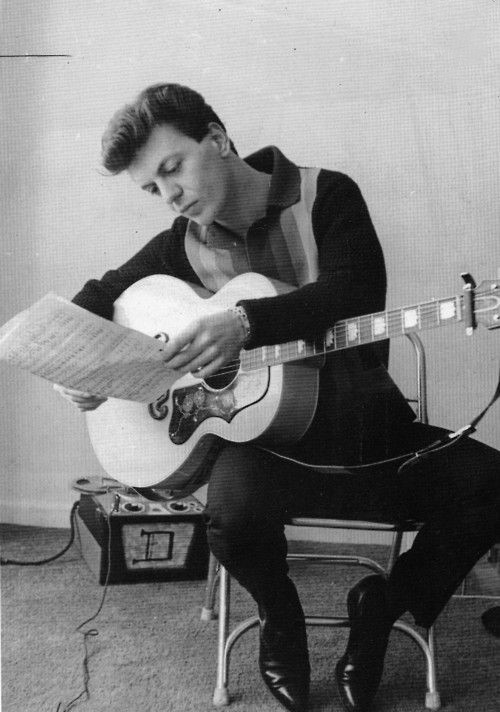
As a youngster, Dion would hear relatives and neighbors playing radios tuned to stations playing classic Italian singers. However, when he first heard country star Hank Williams coming from the speaker of a transistor radio while his mother was making sauce, it opened a whole new world.
“It hurled me into a place of enchantment because my parents, they were [strait-laced]. They didn’t drink. They didn’t use drugs,” said Dion. “They didn’t carouse, but they argued 24 hours a day, usually over the rent, which was $36. It was unbearable.”
“But the music hurled me into a place of enchantment. I was 11 years old. It was like a light that transcended, way above the arguments in the late hours.”
Besides Hank Williams, Dion would also discover blues singers like John Lee Hooker and Jimmy Reed, and Dion highlighted this portion of his talk by performing Williams and Reed songs that were early influences.
Dion would subsequently get his hands on a guitar and make friends with the manager of the local record shop.
“I’d call him every time I heard a new Hank Williams or a Jimmy Reed record,” said Dion.
In addition, Dion would soon meet Willie Green, an African American janitor who worked at a tenement building on Crotona Avenue, and who happened to be skilled on the guitar. They quickly became great friends.
“I just wanted to be with Willie,” said Dion. “Willie and I, he almost became my confessor, like a priest or something, because the man gave me a great sense of purpose and direction. He was a wonderful guy with integrity.”
Another adult from the neighborhood that would have an influence on Dion was Monsignor Joseph Perricone of Our Lady of Mount Carmel Church, which is situated at the corner of East 187th Street and Belmont Avenue. There were times when Dion would walk by the church and Perricone would ask him, “What makes a man happy?”
A young Dion answered, “A black Thunderbird, with black leather bucket seats” and added something about a top-of-the-line guitar he desired at the time.

Perricone would tell him, “Dion, the virtuous man is a happy man.” Dion told the Fordham crowd, “He’s talking about virtue. I had a lot of things on my mind. It wasn’t doing good.”
Dion’s parents weren’t devout Catholics, so Dion wasn’t in church on a weekly basis. However, his encounters with Perricone would plant a seed. Later in life, Dion would switch musical genres for a time and record gospel music, as well as fully embrace the Catholic faith.
When Dion was still a teenager, honing his voice and improving his guitar playing, his neighborhood and the individuals within it would inspire some of the songs that became hits for him. One person that caught Dion’s eye was a young woman named Susan, whose family moved to the Bronx from Vermont.
“Now nobody moves to the Bronx, “said Dion, laughing. “Most people move out, and she moved to the Bronx. I was like 15 or something. I still get goosebumps thinking about it. I became a 15-year-old stalker (laughs).
“I just wanted to get close to her any way I could. I was shy, believe it or not. I was very shy. But one day she was sitting on one of the stoops on Crotona Avenue. I said, ‘What are you doing?’ I just wanted to get close to this girl any way I could, so I’ve been married to this girl 61 years!”
When he ran into her at a dance, Dion opened his guitar case to perform a song.
“She looked at that guitar,” said Dion. “I had velvet in the case. That impressed her. She decided to go out with me, and we went to the Paradise Theater on the Grand Concourse.”
Dion then went into his 8th song of the evening, titled, “Behind Susan’s Eyes,” whose lyrics begin with, “Was this the girl who caught my eye/Three lockers down from mine/ Who floated through the school yard lines/ And taught the sun to shine…”
Susan would encourage Dion to audition at Laurie Records in Manhattan. He wanted to be a blues singer but someone at the label asked him, “Don’t you like doo wop? You know, doo wop is popular.”
“I liked Jimmy Reed,” said Dion. “So, I ran back to the boxing gym, I recruited three guys. We went down there. We made up some sounds on the way downtown on the train (sings the nonsensical syllables opening of “I Wonder Why”).
It wasn’t long before Dion and The Belmonts’ first single, “I Wonder Why,” was released, on April 24, 1958. It was the first of numerous hits for the group.
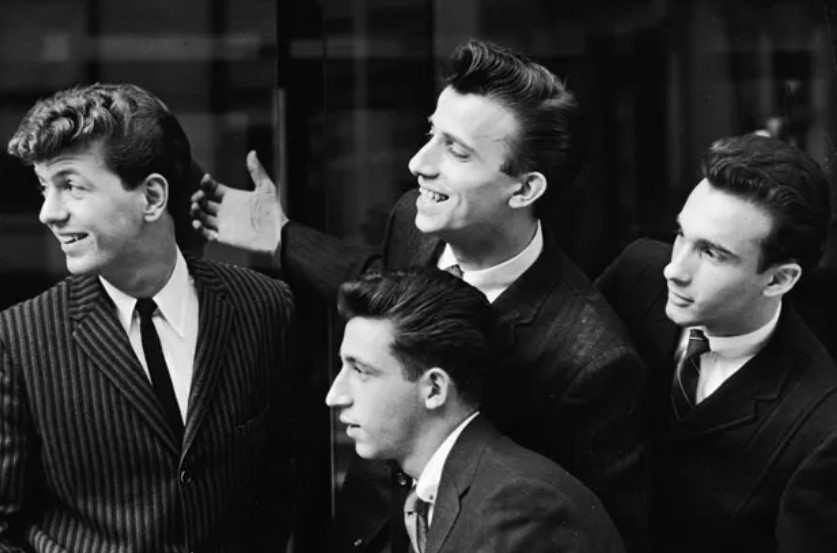
“I was 17 and I started making hit records,” said Dion. “Hit records (audience claps).
Soon after, Dion and crew would go on tour with Buddy Holly, who was already an established star.
“He was a great guy,” said Dion. “So statuesque. He looked like an accountant. He taught me a lot of stuff. He would say to me, ‘Dion, I don’t know how to succeed, but I know how to fail.’ He taught me there was a difference between success and fulfillment. I thought success brought you fulfillment. But I know a lot of successful people, and they’re not fulfilled.”
Dion was touring the country with Holly and others on buses in 1958 and 1959.
“We’d be traveling in 25 below zero weather,” said Dion. “He (Holly) got so disgusted. His manager held his money, put it in some kind of bonds. They didn’t want to travel anymore. He wanted to rent a plane on that tour. He did. The bus was so cold. It didn’t have good heat. It wasn’t like the really nice buses they have today. We had like this yellow school bus.”
Holly chartered a four- seater plane and Dion had won a coin toss to get one of three available seats. However, when Dion was informed the cost to take the hour-and-a-half flight from Clear Lake, Iowa to Fargo, North Dakota was going to be $36, Dion declined. That amount, $36, was the cost of the monthly rent his parents used to argue about.
“I always hated my parents over it, but it saved my life,” said Dion.
The plane crashed shortly after take-off from Clear Lake, killing Holly and fellow performers Ritchie Valens and “The Big Bopper” J.P. Richardson, along with pilot Roger Peterson.
The tragedy was later immortalized in Don McLean’s 1971 song “American Pie” as “the day the music died.”
“I was, for a long time, just, like, shocked,” said Dion. “They didn’t have any grief counseling in the Bronx in the 1950s.”
He added, “I came home. I started using drugs. I didn’t have to deal with any emotions. I was like, ‘wow, this is good.’ And then it turned into hell.” He came close to losing Susan, but she stuck by his side. The loss of a friend, however, would get Dion to kick his alcohol and heroin addictions. Frankie Lymon of Frankie Lymon and The Teenagers fame, best remembered for the 1950s hit, “Why Do Fools Falls in Love?,” was found dead in a Harlem apartment bathroom in February 1968, the result of a heroin overdose.
“He died taking a shot one day,” said Dion. “That scared the hell out of me. And I just got on my knees and said a prayer.” He subsequently checked himself into a 12-step spiritual-based program, got “enrichment” and “I’ve been clean and sober for 56 years.”
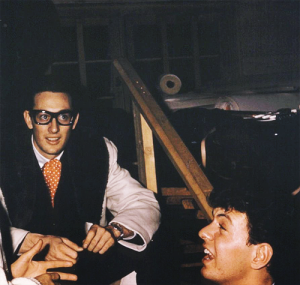
Later that same year, Dion enjoyed a career comeback – this time in more of a singer-songwriter style – when he recorded a song inspired by the April assassination of Martin Luther King Jr., called “Abraham, Martin and John.” The track also touches on the tragic deaths of Abraham Lincoln and former President John F. Kennedy. It reached the #4 position on Billboard’s pop charts.
He treated the Fordham crowd to a performance of “Abraham, Martin and John” that went over very well. His final and 15th song of the evening was “The Thunderer,” about St. Jerome, who is considered one of the early church fathers for his work in translating the Hebrew and Greek scriptures into Latin, the most widely used language at that time. St. Jerome was born around 342 in what is now Northeastern Italy.
“He translated the Bible from Greek to Latin,” said Dion. “And later, he goes to Israel, and learns Hebrew, and translates the Bible again, from Hebrew to Latin. I can’t even read it in English (crowd laughs).”
“The Thunderer” capped off a beautiful talk and showed how musically diverse Dion is. He said if he could write “The Wanderer,” a huge 1961 solo hit that was about a guy from his neighborhood, “walking down the street in a tank top with tattoos all over,” then St. Jerome, who translated the Bible twice, surely deserved a song.
Dion was inspired to write about St. Jerome after seeing his statue at St. Peter’s at The Vatican in Rome.
Some of the lyrics went as follows, “God’s angry man/His crochety scholar/Was St. Jerome the great name caller/Who cared not a dime for laws of libel/And in his spare time/Translated the Bible/St. Jerome/The Thunderer.”
When Dion played the final chord of “The Thunderer,” he was given a standinxg ovation, for the way he detailed his life story with personal stories, hit songs and relevant tunes from recent blues albums.
New Paltz, NY resident Richard Sullivan, a DJ at DooWopCafe.org, was asked what he loved most about the event.
“His life story,” he said. “He’s a miracle. I think the thing that hit me the most was how he became addicted to drugs and alcohol and what that did to his life, and then he found recovery.”
Sullivan added, “He found peace. He found his God and his life got so much better…He’s so healthy and his voice sounds like it always did. Another thing, the music he chose to play complimented the storyline. He put that together well. And his memory is so good.”
Jim DiFeo, who traveled by bus, train, and subway to get to the Fordham event, said, “I thought he was very down to Earth and pretty sincere.”
He added, “Remember those VH1 Storytellers episodes? He should have done one of those. Maybe someone can film him, because everything was just very interesting, you know, the neighborhood, the way he grew up and the whole bit. I think he was surprised he made it as big as he did, considering where he came from.”

By Kirk Lang
Questions/Comments: earlyrnb@gmail.com
